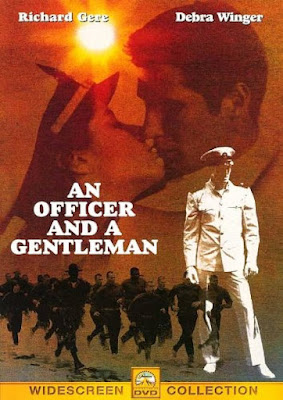Yes, I’m a bit of a sucker
for wedding movies, especially those that suggest that it’s possible to achieve
wedded bliss. Lovers and Other Strangers came out in 1970, when I was
heading toward marriage myself. I’m not sure this little film acknowledges the
possibility of happily ever after, but it’s both romantic (at times) and
extremely funny (often).
Two of the writers of this film are Renée Taylor and Joseph Bologna, a married couple who presumably knew the territory. They first launched this comedy on Broadway, where it was a hit of the 1968 season, with Taylor in a key role. She doesn’t appear in the film, which was co-written by David Zelag Goodman, but the three shared an Oscar nomination for their screenplay. (By the way, Bologna passed on in 2017, but Taylor is still around at the ripe old age of 91.)
The centerpiece of the film is the wedding of two attractive young New Yorkers, Susan (Bonnie Bedelia) and Mike (Michael Brandon). Though their parents don’t know it, they’ve been sharing an apartment for a year. Now, on the eve of their wedding, Mike isn’t sure he wants to change the status quo. But Susan, who seems to have good insight into the working of her boyfriend’s mind, cheerfully proceeds with the gown fitting and other plans for the elaborate out-of-town nuptials to which they’ve committed. In the course of their pre-wedding errands, we come to know their families. Mike’s lower-middle-class Italian parents (Beatrice Arthur and the Oscar-nominated Richard Castellano) seem in many ways to be a mismatch: she’s devoutly Roman Catholic and he has had a few extramarital flings, but doesn’t see the point in going to confession. Yet though they bicker constantly and don’t pretend to be entirely happy with one another, they’re unified in their horror that older son Richie is on the brink of divorce. (Hhis pretty young wife is Diane Keaton, in her first film role. She’s a romantic who laments that since a year or two of marriage, Richie’s hair no longer smells like raisins.)
Meanwhile Susan’s affluent Irish-Catholic parents (Gig Young and Cloris Leachman) present themselves as an attractive married couple. This is a façade, however, because the very smooth Hal is juggling his marital commitments and a fling with the woebegone Kathy (Anne Jackson). Kathy, alas, always seems to be weeping in the bathroom as Hal weasels out of promises to divorce his wife. And there’s one more screwball coupling, between a hot-to-trot cousin (Bob Dishy) and a ditzy bridesmaid (Marian Hailey) who’s really into Camus and Khalil Gibran. (When she mentions taking part in the recent student protests on the campus of Columbia University, he’s impressed that she’s an Ivy Leaguer. No, she earnestly explains, she was one of the “outside agitators” there.)
With all this going on, it’s remarkable that the wedding comes off as planned, leaving us hoping that at least one couple will find joy in holy matrimony, at least for now. The film won favor both from audiences and Oscar voters, earning three nominations. (Its only victory was for its song, “For All We Know,” which became a hit for The Carpenters and a staple at weddings from that day to this.)
An eerie postscript: Gig Young, the one-time Oscar-winner who plays the straying father of the bride, was married five times. His last marriage, in 1978 when he was 64, was to a 31-year-old German magazine editor. Three weeks later, he apparently killed his wife and then himself. So much for happily ever after.
.






